How To Roll Up A Joint: A Step-by-Step Guide for Beginners - Mastering the Art of Rolling a Joint

Rolling a joint can feel tricky for beginners. Many struggle with uneven burns, loose rolls, or wasted cannabis. These challenges often discourage people from enjoying their smoking experience.
Joints are simple yet versatile tools for cannabis use. Made with rolling papers and ground cannabis, they offer a timeless way to enjoy marijuana without extra equipment. Learning to roll your own joint is an important skill that improves control over your experience.
This step-by-step guide simplifies the process for beginners. It covers everything from tools needed to solving common problems. Start mastering this iconic skill today!
What You Need to Roll a Joint
To successfully roll a joint, you need the right tools and materials on hand. Having everything prepared will make the process smoother and more enjoyable.
Rolling Papers
Rolling papers play a key role in joint rolling. Made from materials like wood pulp, rice, or hemp, they influence the smoking experience. Thinner rice papers enhance flavor but are harder for beginners to handle.
Hemp and wood pulp papers offer more durability and ease of use.
Top brands like Zig-Zag, OCB, Vibes, or Blazy Susan provide high-quality options for reliable rolls. Each type has its own benefits depending on personal preference. Using quality cigarette papers ensures smoother burns and better control while rolling joints.
Cannabis
Cannabis is the star ingredient in any joint and must be properly prepared for smoking. Using dry, ground cannabis flower ensures a smooth burn and maximizes flavor. Raw weed requires decarboxylation to activate THC, the compound responsible for its psychoactive effects.
A grinder helps break marijuana into fine, even pieces without losing potency. Grinding it "just right" allows for an even airflow during combustion, avoiding uneven burning or harsh hits.
As many say:.
The perfect joint starts with perfectly ground cannabis.
A Grinder
A grinder is essential for breaking down cannabis into a medium consistency, which ensures an even burn. Using a cannabis grinder prevents rolling issues like uneven thickness or clumping.
Grinding also helps release kief, the potent trichome dust that collects in specialized compartments called kief catchers.
Many users prefer durable grinders with strong teeth and secure lids to handle sticky weed efficiently. Liz relies on her Qubus grinder because of its durability and ability to catch kief effortlessly.
Opting for a high-quality marijuana grinder can make the rolling process smoother and more enjoyable.
Filter Tips (Optional)
Filter tips can improve the joint-smoking experience. They prevent plant material from entering your mouth and keep fingers clean while smoking. Many people make their own filters using booklet tips, glass tips, or even gluten-free noodles for a unique option.
The "M" or zigzag roll technique helps reduce scooby snacks and keeps the filter secure. Using a filter also allows better airflow, ensuring smoother hits every time. With preparation complete, you’re ready to set up your rolling tray.
Rolling Tray
A rolling tray helps keep everything organized while rolling a joint. It prevents cannabis loss and makes herb packing easier. A flat surface ensures even distribution of materials, reducing mess and hassle during the process.
Trays without ridges work best since they allow smoother handling of rolling tools like papers or grinders. They also create a dedicated station for cannabis packing, turning the task into a seamless routine.
A Poker Tool
A poker tool helps in packing cannabis evenly inside the joint. It ensures a consistent burn by gently compressing the weed after rolling. Most users prefer metal or wooden pokers for durability and ease of use.
This tool also comes in handy to clear clogs or adjust any uneven sections. Many people use items like toothpicks, but dedicated tools provide better precision. Keep one nearby while rolling for a smoother smoking experience.
A Lighter
A lighter is an essential tool for rolling and smoking a joint. Clipper lighters are highly recommended due to their refillable design and adjustable flame sizes, making them both practical and sustainable.
Their compact size fits easily into pockets or trays, ensuring convenience during preparation.
These lighters also serve another purpose beyond lighting up cannabis. The removable flint system can be used as a packing tool to tightly compress the herb inside the joint. This helps create an even burn while reducing wasteful canoeing or uneven combustion.
Always keep one handy for smooth sessions from start to finish!
Step-by-Step Guide to Rolling a Joint
Learn the precise steps to roll a joint with ease and gain confidence in your technique.
Step 1: Grind Your Cannabis
Use a quality grinder to break down the cannabis into an even, medium consistency. A grinder ensures the weed burns smoothly and evenly while smoking. Overly large chunks or powder-fine grinds can lead to rolling issues like uneven burning or resin buildup in the joint.
Avoid hand-tearing cannabis as it often results in inconsistent sizes, which impact airflow. Tools like a Qubus grinder provide better control for achieving that perfect medium grind essential for easy handling and optimal combustion.
Step 2: Prepare Your Rolling Paper
After grinding the cannabis, lay your rolling paper flat on a clean surface or in your hand. Position the adhesive strip facing up and closest to you. This ensures proper sealing later in the joint rolling process.
Place a filter tip at one end of the paper if desired. Filters enhance structure and provide better airflow while smoking. Popular rolling paper brands like Zig-Zag, OCB, Blazy Susan, or Vibes offer quality options for beginners and experts alike.
Ensure that everything is set evenly before proceeding to load cannabis into the paper.
Step 3: Add a Filter (or Make a Crutch)
Filters help keep plant material out of your mouth and improve cleanliness. They also create a stable base, making joints easier to hold and smoke. Using filter tips or crafting a crutch using stiff paper reduces "scooby snacks," the small bits of cannabis that can accidentally get inhaled.
The "M" or zigzag roll technique works well for filters by adding structure to the joint while ensuring smooth airflow. Insert the rolled filter into one end of the rolling paper before adding cannabis.
This step maintains balance during rolling and supports an even burn later on.
Step 4: Load the Paper with Cannabis
Spread out the ground cannabis evenly across the center of the rolling paper. Ensure it is properly ground and dry for smooth burning and easier shaping. Uneven or clumpy marijuana can make rolling harder and lead to uneven burns.
Distribute the cannabis with care, leaving a bit more toward one end if making a cone-shaped joint. Avoid overpacking to keep airflow steady but use enough so it holds its form while rolling.
Step 5: Shape the Joint
Distribute the cannabis evenly along the rolling paper to ensure a balanced burn. Use your fingers to gently mold and form the cannabis into a consistent cylinder shape.
Rolling trays can help keep everything tidy and prevent product loss during this step. Focus on creating an even thickness throughout the joint for better airflow and smoother smoking.
Step 6: Tuck, Roll, and Seal
Tuck the edge of the rolling paper closest to you under the cannabis and around the filter tip. Use your thumbs to guide the motion while keeping even pressure for a tight roll. A proper tucking technique ensures a well-shaped joint and prevents it from unraveling.
After tucking, roll up toward the adhesive strip at the top of the paper. Lick along this strip gently but thoroughly to activate its sealant properties. Press down lightly on it with your fingers to secure it in place, completing this critical step in joint rolling without any gaps or loose ends.
Step 7: Pack and Twist the End
Pack the cannabis gently using a poker tool. This step ensures an even burn and prevents loose material from spilling out. Avoid packing too tightly, as this can restrict airflow. Make sure the contents are firm but not compressed.
Twist the open end of the rolling paper to secure the cannabis inside. This creates a seal that holds everything in place until lit. A properly twisted end also helps maintain shape during transport or handling.
Move on to lighting your joint next!
Step 8: Spark and Enjoy
Ignite the joint with a Clipper lighter to spark it evenly. Hold the flame just below the tip while gently rotating the joint for an even burn. Avoid directly charring one side, as this can cause uneven burning or canoeing.
A match can work too but may leave an unwanted sulfur taste.
Take a slow drag of the joint to ensure proper ignition and airflow. Inhale smoothly, allowing the cannabis flavor and effects to unfold. Monitor the ash for consistency, which signals an even burn throughout your session.
Enjoy each puff responsibly and savor it fully!
Choosing the Right Rolling Papers
The thickness of rolling papers significantly impacts your smoking experience. Thinner rice papers, such as those from OCB or Vibes, burn slowly and enhance flavor but may be harder to handle for beginners.
Hemp-based options offer durability and a natural taste, making them a practical choice. Choosing the right material depends on personal preference and ease of use.
Rolling paper size also matters. Standard sizes like 1¼ are ideal for individual use, while larger king-sized options work better for group sessions. Paper quality affects burn rate and ash production; high-quality brands like Zig-Zag or Blazy Susan leave less residue behind.
Opting for flavored papers can add a unique touch but may alter the cannabis's natural aroma.
Next up: Troubleshooting Common Joint Rolling Issues!
Troubleshooting Common Joint Rolling Issues
Rolling a joint can come with its fair share of challenges. Learn how to fix common mistakes and keep your smoking experience smooth.
Uneven Burning or Canoeing
Uneven burning, also called canoeing, happens when one side of a joint burns faster than the other. This often occurs due to an uneven distribution of cannabis during rolling. Packing too loosely or tightly in certain areas can make the joint burn improperly.
Ensuring an even spread of ground cannabis across the paper helps prevent this issue.
To fix canoeing while smoking, lightly wet your finger and dab the slower-burning side. This action will even out the burn over time. Using a poker tool to pack down any loose spots before sealing also reduces this problem.
Always take care during rolling to shape a balanced and smooth joint for optimal burning.
Overly Tight or Loose Joints
Overly tight joints restrict airflow, making it hard to take a smooth puff. Pack the cannabis evenly but avoid compressing it too much. A proper joint rolling technique ensures balanced density and easy smoking without clogging the flow.
Loose joints can fall apart or burn unevenly. Disassemble them and start again with better distribution of cannabis across the rolling paper. Focus on ensuring an even layer that holds together while keeping an open draw for airflow.
Efficient packing prevents these issues, setting up smoother sessions ahead in troubleshooting resin clogs.
Resin Clogging the Filter
Incorrect rolling techniques often lead to resin clogging the filter. Rolling joints too tightly forces resin buildup in filters, restricting airflow and making the joint hard to smoke.
Using high-quality filters can prevent filter blockage from excessive resin accumulation. Opt for sturdy materials that allow smooth airflow while trapping debris effectively.
Conclusion
Rolling a joint is both a skill and an experience. With the right tools and techniques, anyone can master it. Practice builds confidence and improves results each time. Keep experimenting to discover personal preferences.
Enjoy the process as much as the final product!
FAQs
1. What materials do I need to roll a joint?
You will need rolling papers, ground cannabis, and a filter or crutch for support. A flat surface can help beginners stay organized.
2. How do I grind the cannabis properly?
Use a grinder to break the cannabis into small, even pieces. Avoid grinding it too fine as it may affect airflow.
3. Why is using a filter important when rolling a joint?
A filter helps keep the shape of the joint, prevents loose material from entering your mouth, and improves airflow while smoking.
4. What are common mistakes beginners make when rolling joints?
Beginners often overfill papers or roll unevenly. Practice folding evenly and packing lightly to create smoother rolls with better burning consistency.


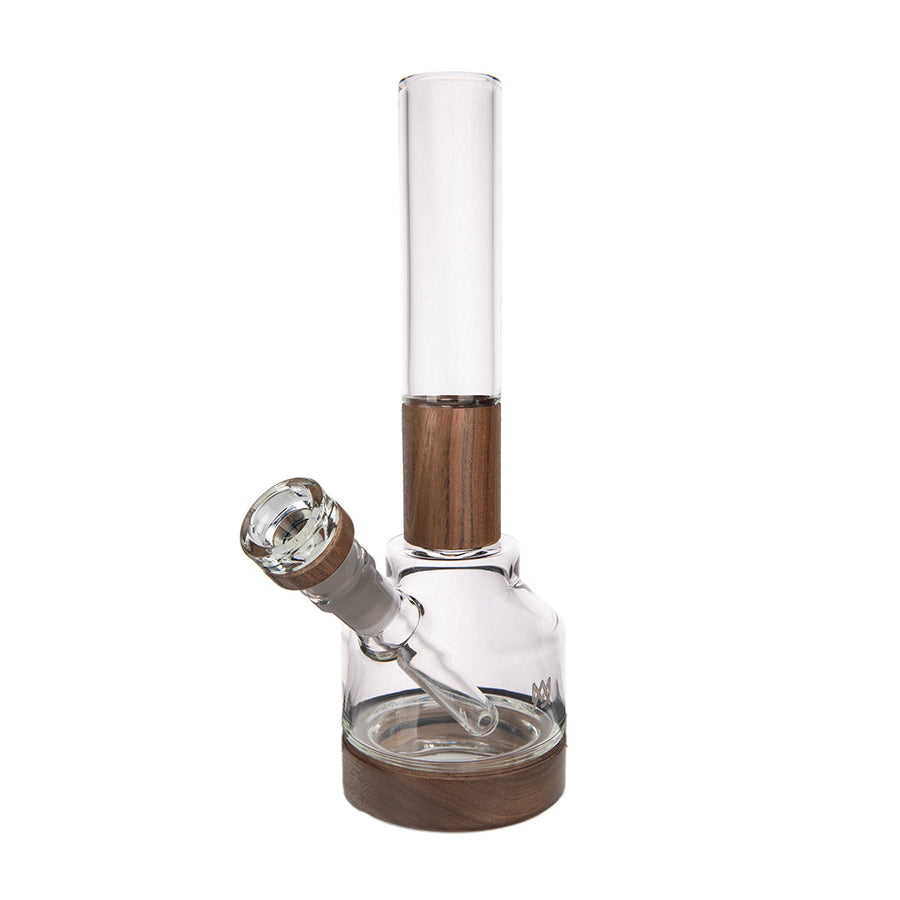
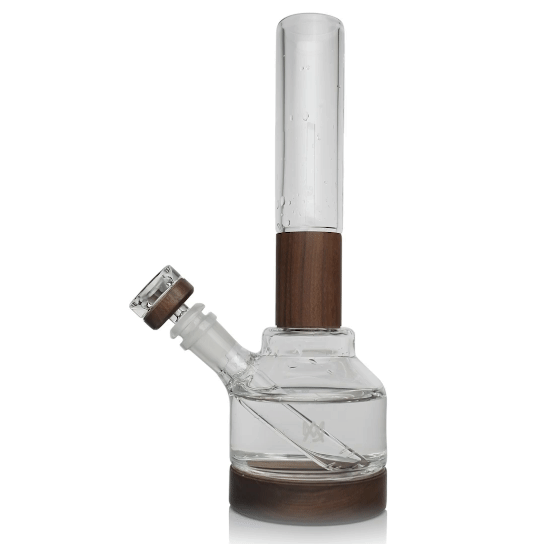
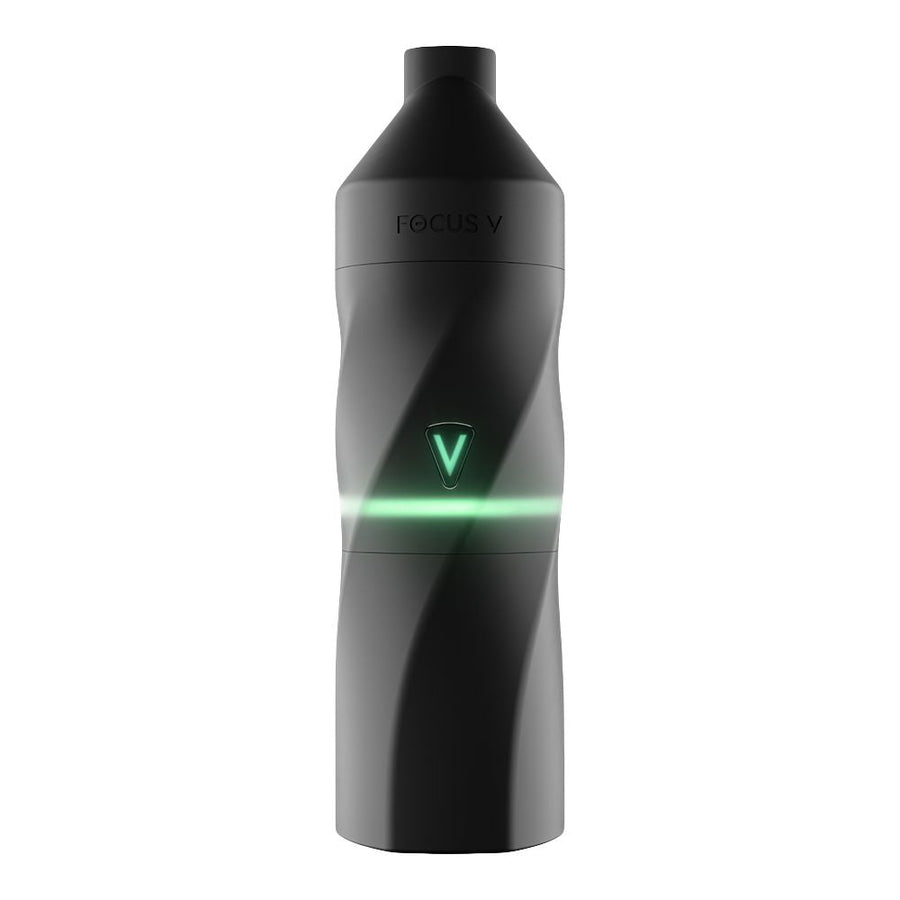

![Vessel Helix Pipe [Copper] - Headshop.com](http://www.headshop.com/cdn/shop/files/ad3c0443-b76d-4fe5-84b8-a617dd50a950.jpg?v=1747419387&width=900)
![Vessel Helix Pipe [Copper] - Headshop.com](http://www.headshop.com/cdn/shop/files/7b0e06e3-9106-4684-80e4-408362c34085.jpg?v=1747419388&width=1000)
![Vessel Wood Vape Pen Battery [White/Beechwood] + - Headshop.com](http://www.headshop.com/cdn/shop/files/4ecd5d0f-363a-454e-a7a0-229fb93bf456.jpg?v=1725470645&width=900)
![Vessel Wood Vape Pen Battery [White/Beechwood] + - Headshop.com](http://www.headshop.com/cdn/shop/files/d232e493-09e6-4574-b44c-3e2bde9425b4.jpg?v=1725470647&width=1000)
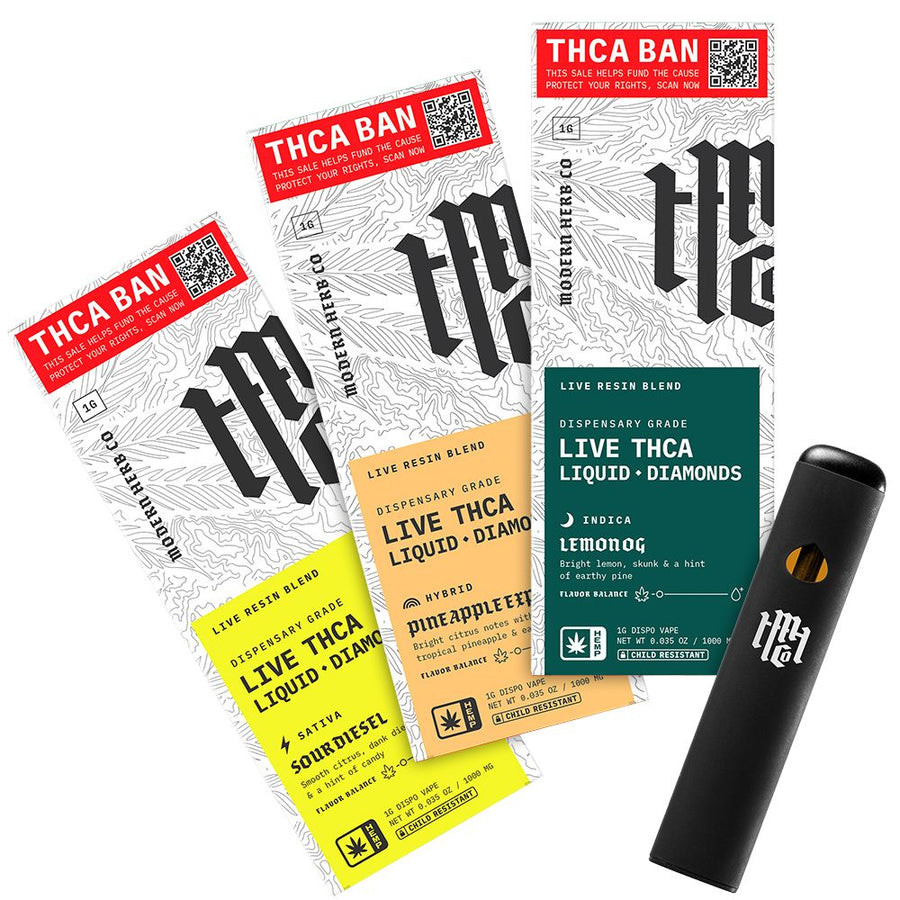

![Vessel Compass Apex Charger [Black] - Headshop.com](http://www.headshop.com/cdn/shop/files/f10e6bf4-6ce7-4a59-a50e-a4184f069754.jpg?v=1729115238&width=900)
![Vessel Compass Apex Charger [Black] - Headshop.com](http://www.headshop.com/cdn/shop/files/dce98c70-346c-405f-aca8-d59c7feed96d.jpg?v=1729115240&width=1000)
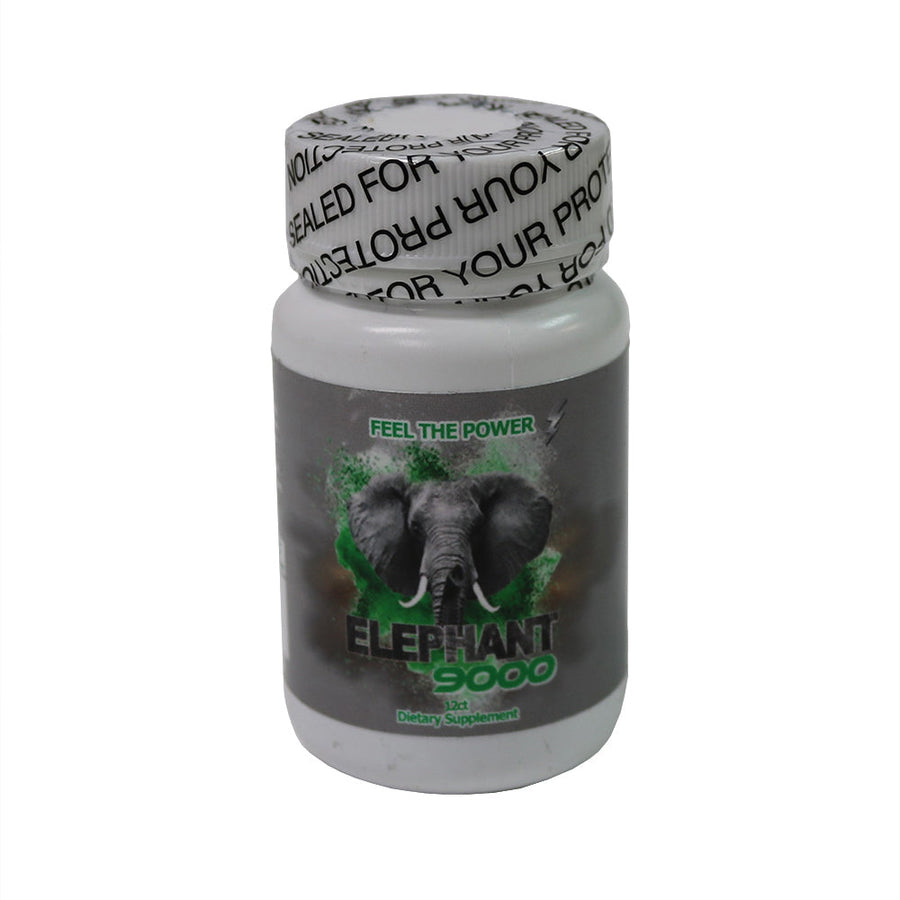
![Vessel Helix Pipe [Black] - Headshop.com](http://www.headshop.com/cdn/shop/files/Pipe_Black_Angle.jpg?v=1744306153&width=900)
![Vessel Helix Pipe [Black] - Headshop.com](http://www.headshop.com/cdn/shop/files/Pipe_Black_Closed.jpg?v=1744306155&width=1000)
![Vessel Compass Rise Vape Bar [Crimson] - Headshop.com](http://www.headshop.com/cdn/shop/files/fc3fd52a-2783-4fac-bd38-bc4f2013a889_5466b32d-da71-427f-8737-bf7d7f5f2c77.jpg?v=1735253136&width=900)
![Vessel Compass Rise Vape Bar [Crimson] - Headshop.com](http://www.headshop.com/cdn/shop/files/66947a99-195c-4deb-b29e-03443ebebd5a_32c35e3d-ba1b-4d4d-a879-3886d37bddf7.jpg?v=1735253136&width=1000)
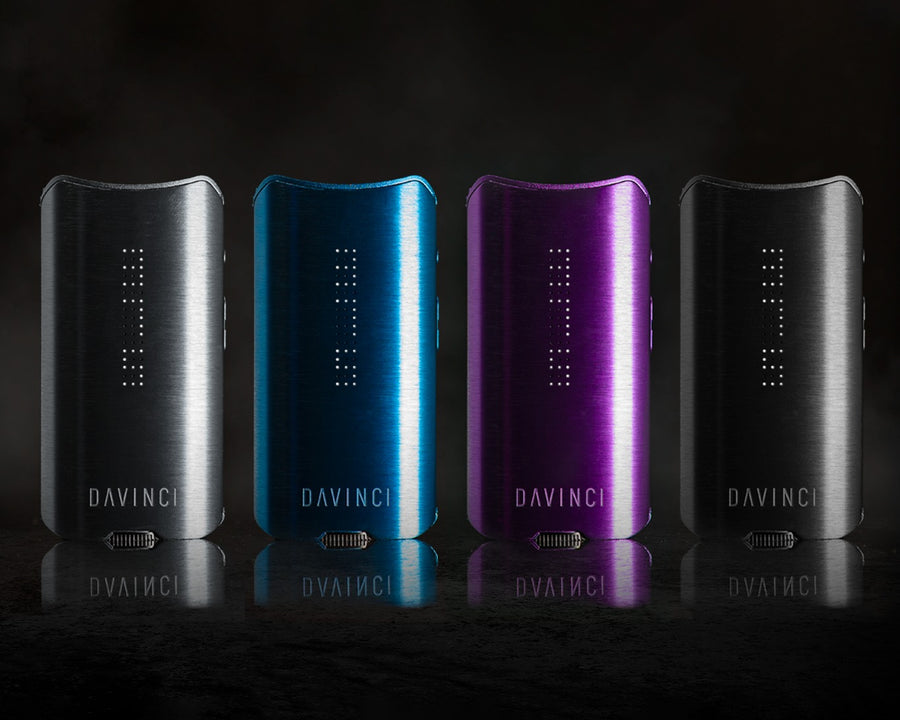
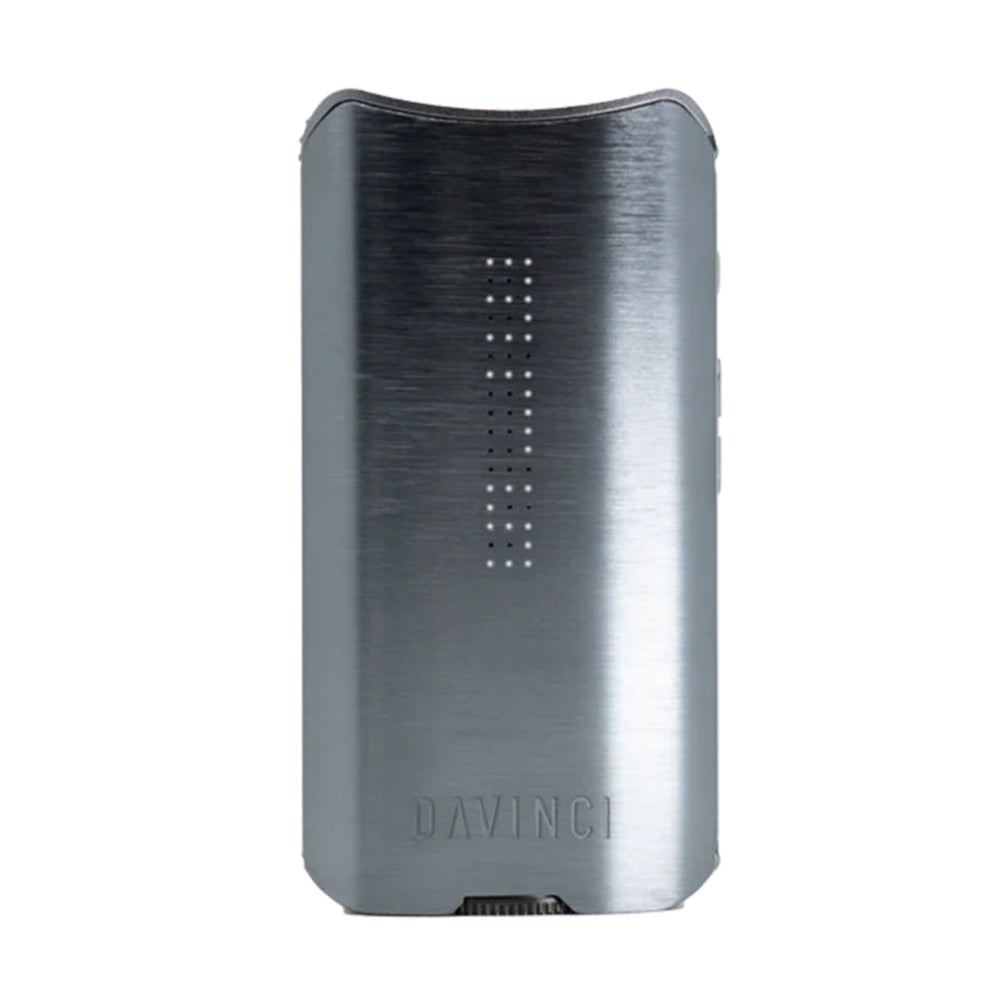
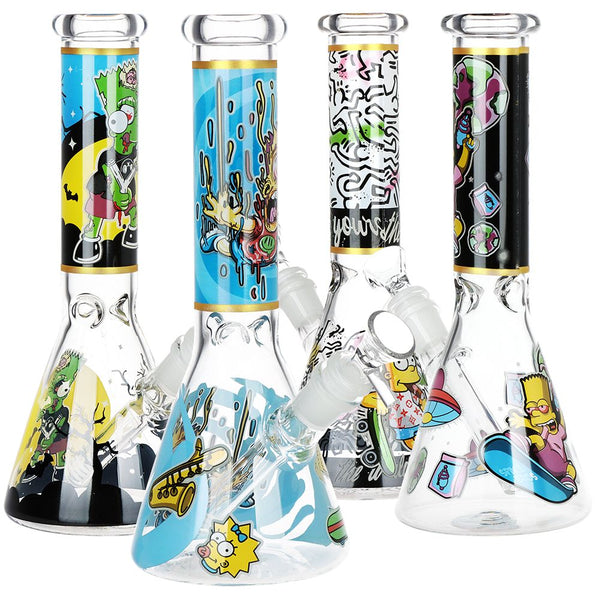

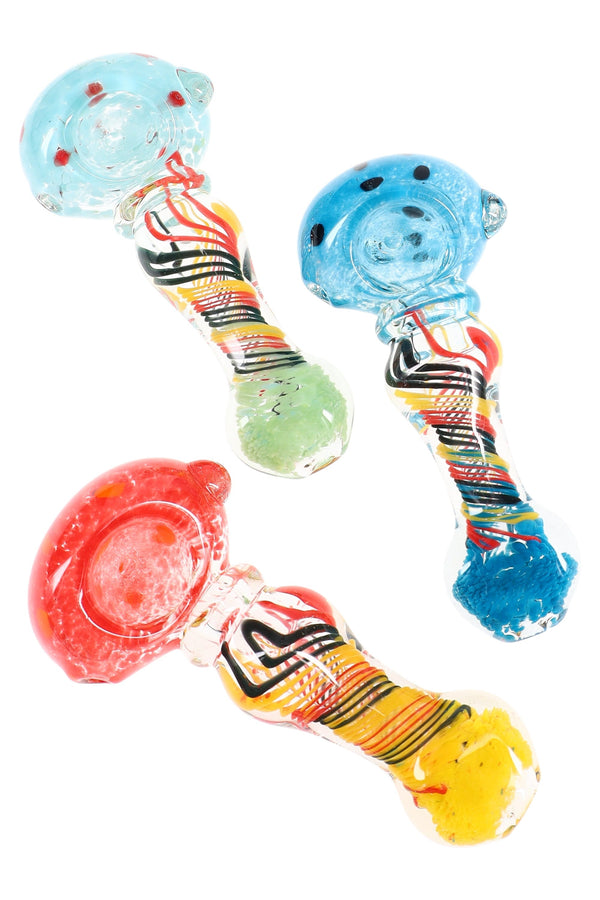
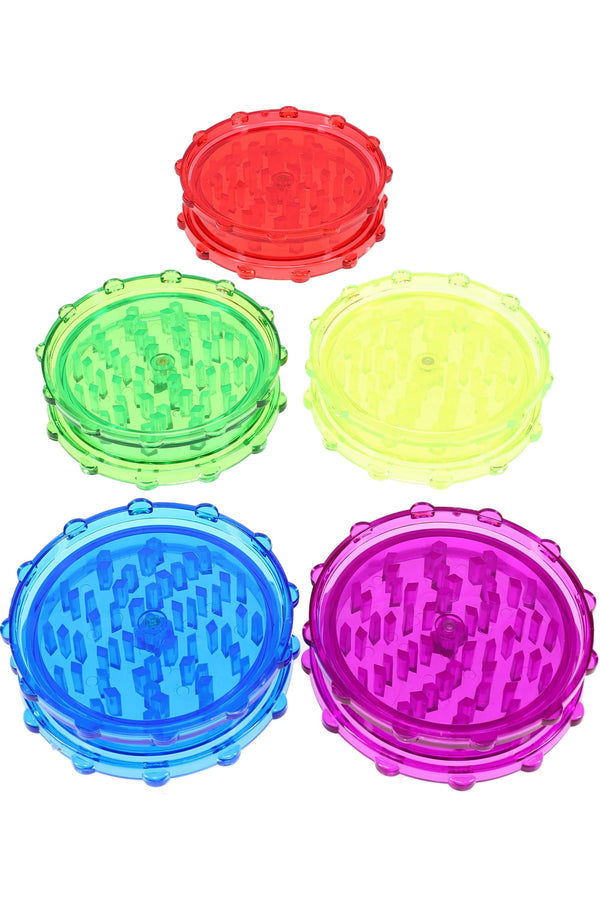
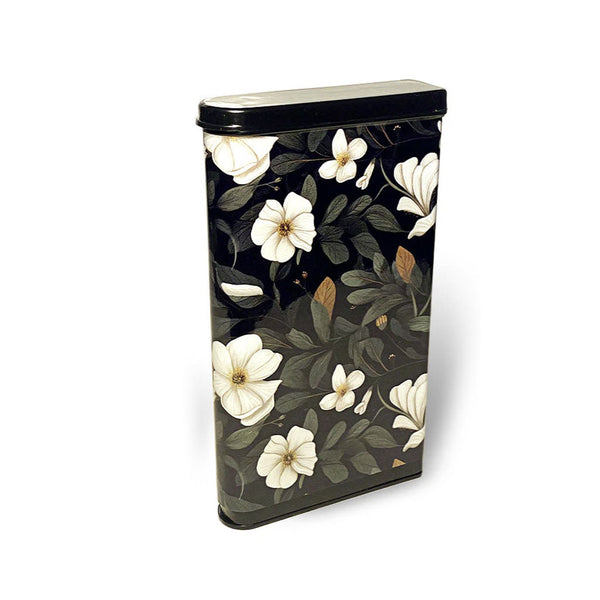










![Pipe by Vessel [Gunmetal]](https://cdn.shopify.com/s/files/1/0585/8462/9443/files/Pipe_Gunmetal_Angle_500x500.jpg?v=1744306453)






